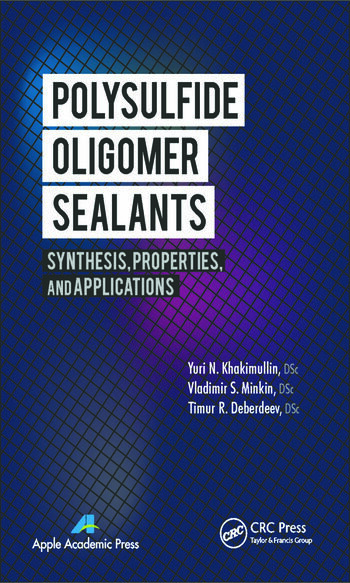Ask Dr. Dave
Alternative Cure Systems for RTV Silicone Sealants
We use RTV silicones in our assembly operations, and our workers keep complaining about the strong vinegar smell. Somebody told me that we might be able to get low-odor, low-volatile silicones. What issues should we be aware of?
Room-temperature vulcanizing (RTV) silicones are well-known for their extreme durability. They are convenient one-component sealants that cure by reaction with moisture from the atmosphere. Your current product is known as an acetoxy silicone. During the curing reaction with water, short-chain molecules in the liquid silicone, called siloxanes, link together to form a tough, rubbery sealant and give off acetic acid (vinegar) as a byproduct.
You should talk to your supplier about providing you with a low-odor silicone. These materials have similar cure chemistry but give off different byproducts (typically amines, oximes, or alcohols). The odors vary from a slight “fishy” smell to musty to virtually no odor. You may pay a little more for these types of RTV silicones, but they are much more pleasant to handle.
One thing to check is that you do not affect the adhesion in your assembly. I find that acetoxy silicones do tend to have outstanding adhesion, particularly to metals and glass.
You also mentioned low-volatile silicones. These are silicones that have been purified to remove volatile siloxanes that can evaporate during curing and then condense on nearby surfaces. They can degrade performance in electronic assemblies and in automotive oxygen sensors.
Looking for a reprint of this article?
From high-res PDFs to custom plaques, order your copy today!






